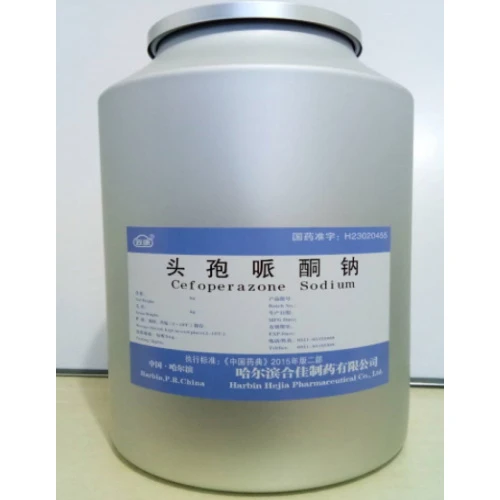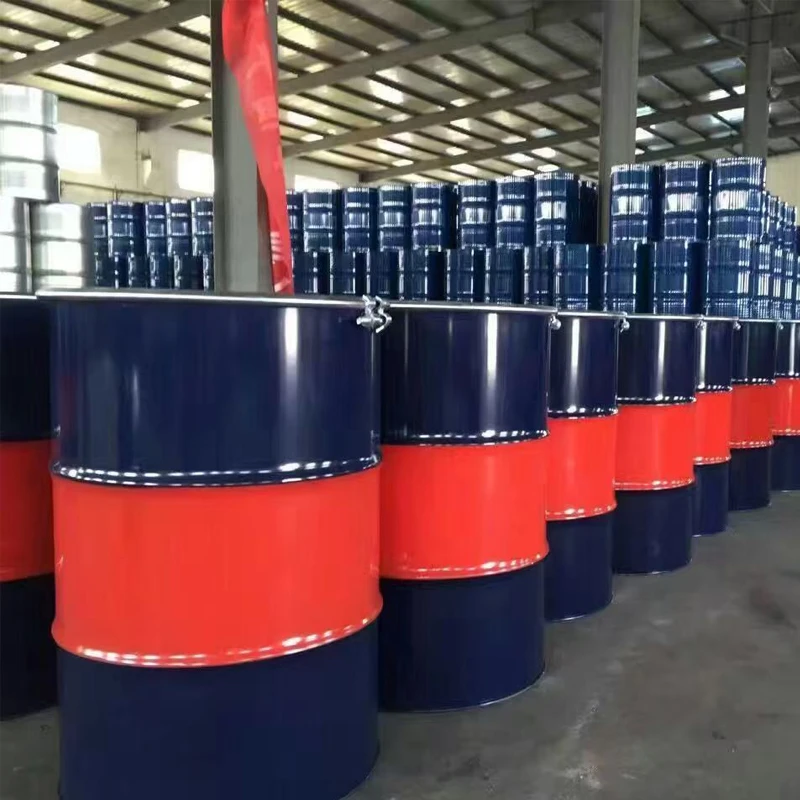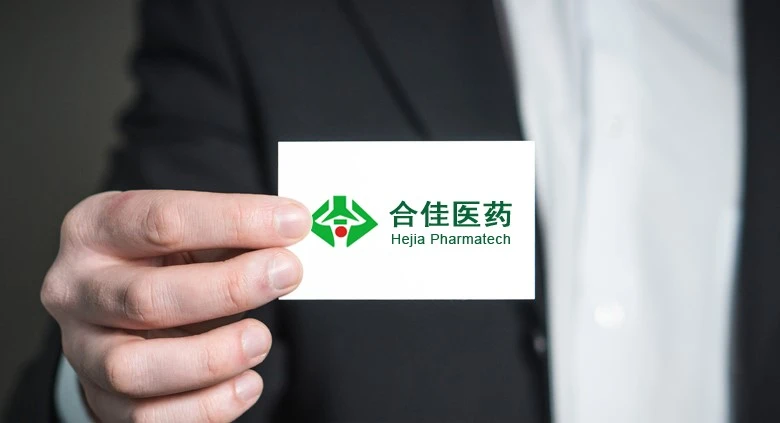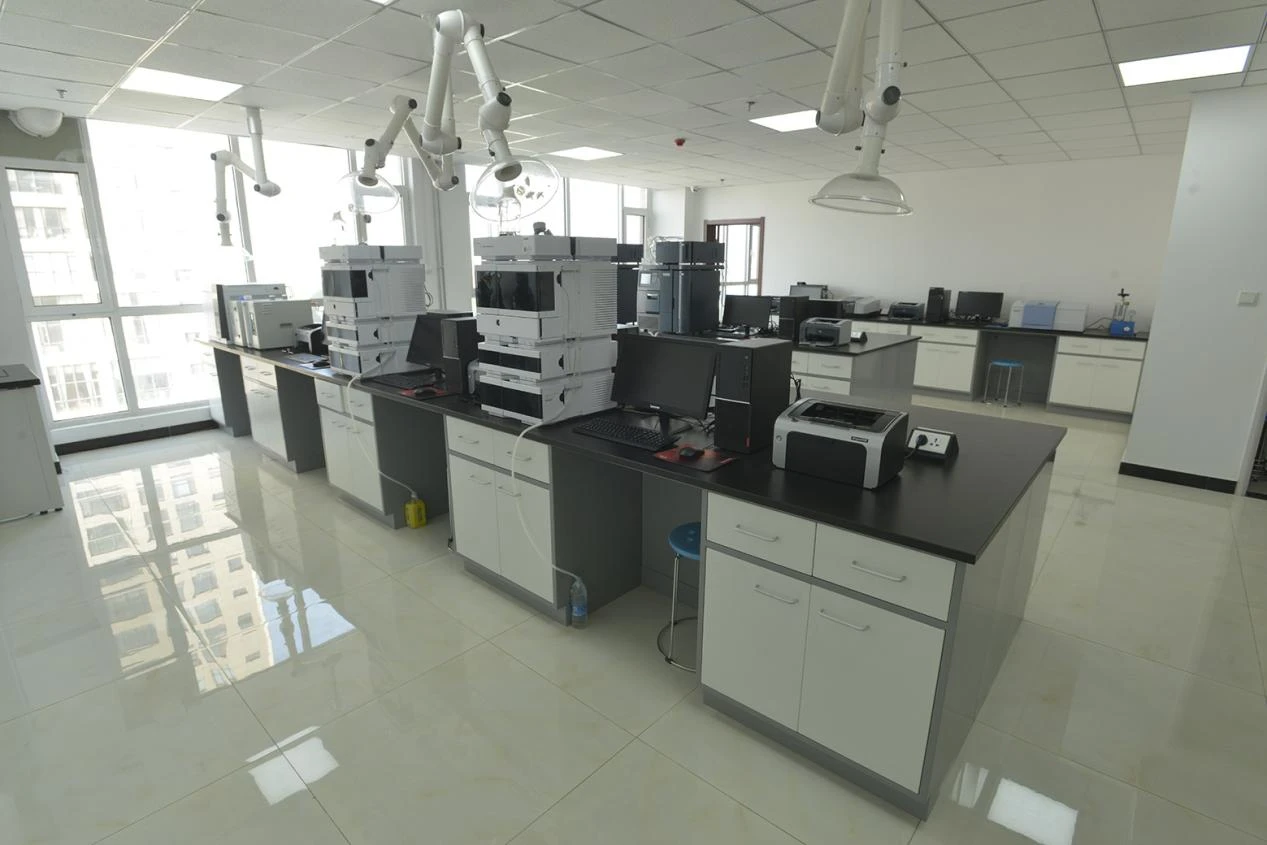- Introduction to the Principles of Drug Discovery
- Landscape and Data Insights in Drug Discovery Development
- Technological Breakthroughs in Pharmacology Drug Discovery
- Vendor Comparison: Evaluating Industry Leaders
- Tailored Solutions for Enhanced Drug Development
- Real-World Application and Case Studies
- Conclusion: Innovations and Future Perspectives in the Principles of Drug Discovery

(principles of drug discovery)
Introduction to the Principles of Drug Discovery
The principles of drug discovery
form the foundation upon which modern medicinal advances are built. This multifaceted process begins with the identification of potential biological targets, such as proteins or genes implicated in disease. Researchers leverage systematic screening methods, bioinformatics, and molecular modeling to discover compounds that modify these targets effectively. Over the past decade, accelerated innovation has been observed: according to a 2023 report by the Pharmaceutical Research and Manufacturers of America, the average time from initial discovery to first-in-human studies has decreased from 6.3 years in 2010 to just 4.1 years in 2022. This efficiency is driven by data-rich pharmacology platforms, automation, and computational intelligence, guiding the journey from target selection through lead optimization, preclinical validation, and into development stages.
Landscape and Data Insights in Drug Discovery Development
Drug discovery development has evolved into an intensely data-centric domain, with high-throughput screening technologies generating terabytes of actionable data daily. The shift towards precision medicine underscored the need for more granular patient stratification, pushing informatics and real-world evidence into core workflows. According to the IQVIA Institute, global R&D expenditures surpassed $212 billion in 2023, with oncology and neuroscience dominating pipeline investments. Despite the surge in resources, the success rate from discovery through regulatory approval remains around 12%, emphasizing the ongoing challenge of translating initial discoveries into approved medicines. This landscape necessitates the continuous refinement of methodologies, fostering collaborations between academia, biotechnology startups, and large pharmaceutical enterprises.
Technological Breakthroughs in Pharmacology Drug Discovery
Breakthrough technologies are transforming pharmacology drug discovery, notably the integration of artificial intelligence (AI), machine learning (ML), and CRISPR-based genome editing. These advancements enable unprecedented accuracy in target validation and hit identification. For instance, the application of deep learning in predicting protein structures―exemplified by DeepMind’s AlphaFold, which accurately predicted 98.5% of human protein structures by 2022―has accelerated rational drug design. Meanwhile, automated robotic platforms have increased compound screening throughput by up to 80%, while CRISPR has enabled precise functional genomic studies with knockout/knockin models. Collectively, these technologies streamline candidate identification, reduce material costs, and accelerate progression from in silico screens to in vivo evaluations.
Vendor Comparison: Evaluating Industry Leaders
The global drug discovery industry is competitive, with several leading vendors offering complementary strengths across the pharmacology drug discovery and development lifecycle. Key differentiators among vendors include platform integration, speed to results, and scalability. The comparison below highlights the relative performance of top-tier service providers in 2024.
| Vendor | Core Strength | Avg. Lead Time (Months) | AI/ML Integration | Portfolio Size | Customizability |
|---|---|---|---|---|---|
| Vendor A – Evotec | Integrated Discovery Solutions | 11.2 | Advanced | 300+ | High |
| Vendor B – WuXi AppTec | Comprehensive Lab Services | 9.5 | Moderate | 450+ | Very High |
| Vendor C – Charles River | End-to-End Preclinical | 12.8 | High | 400+ | High |
Portfolio Size denotes the number of discovery projects or programs supported in the last 24 months.
The data illustrate that while Vendor B holds the largest project portfolio and high customizability, Vendor A leads in integrated AI capabilities and rapid throughput. Charles River excels in preclinical solutions and has robust data integration for translational studies. Such vendor differences emphasize the importance for organizations to align partner selection with their project scope and technological needs.
Tailored Solutions for Enhanced Drug Development
Customization has emerged as a critical driver in drug discovery development, empowering pharmaceutical and biotech companies to address unique challenges, from rare diseases to complex multi-target conditions. Tailored approaches offer flexible compound libraries, bespoke assay formats, and personalized data analytics. According to Bayer’s 2023 innovation report, projects utilizing fully customizable screening platforms experienced a 33% reduction in candidate failure rates during optimization. Integrated informatics systems enable continuous feedback loops between discovery scientists and AI-powered tools, while next-generation sequencing technologies ensure exhaustive target validation. When combined, these bespoke strategies facilitate faster iterations, reduce attrition, and significantly increase the likelihood of clinical success.
Real-World Application and Case Studies
The practical impact of innovative drug discovery development methodologies is best illustrated through real-world applications. For example, a U.S.-based biotech implemented AI-driven screening to identify novel kinase inhibitors, shortening their lead optimization cycle by 43% compared to prior efforts. In Europe, a leading pharmaceutical firm collaborated with Vendor A to deploy integrated phenotypic screening campaigns, resulting in three clinical candidates advancing from lab to clinic within 18 months. In Asia, WuXi AppTec partnered with a rare disease foundation to create customized cellular assays and successfully identified a first-in-class therapeutic entity, which was fast-tracked for orphan drug designation. These cases demonstrate how diverse strategies and vendor partnerships catalyze innovation and improve patient outcomes.
Conclusion: Innovations and Future Perspectives in the Principles of Drug Discovery
The landscape outlined above demonstrates that ongoing advances in the principles of drug discovery continue to transform industry practice. Integration of cutting-edge computational tools, automation, and high-throughput biology is setting new standards in both pharmacology drug discovery and downstream development. As organizations refine the balance between innovation, risk, and regulatory compliance, the next wave of breakthroughs will be propelled by synergistic vendor partnerships, increased data transparency, and expanded customizability. Looking ahead, the principles of drug discovery will remain focused on patient-centric solutions, harnessing the best of science, technology, and tailored program design to expedite the discovery of safer, more efficacious medicines worldwide.

(principles of drug discovery)






